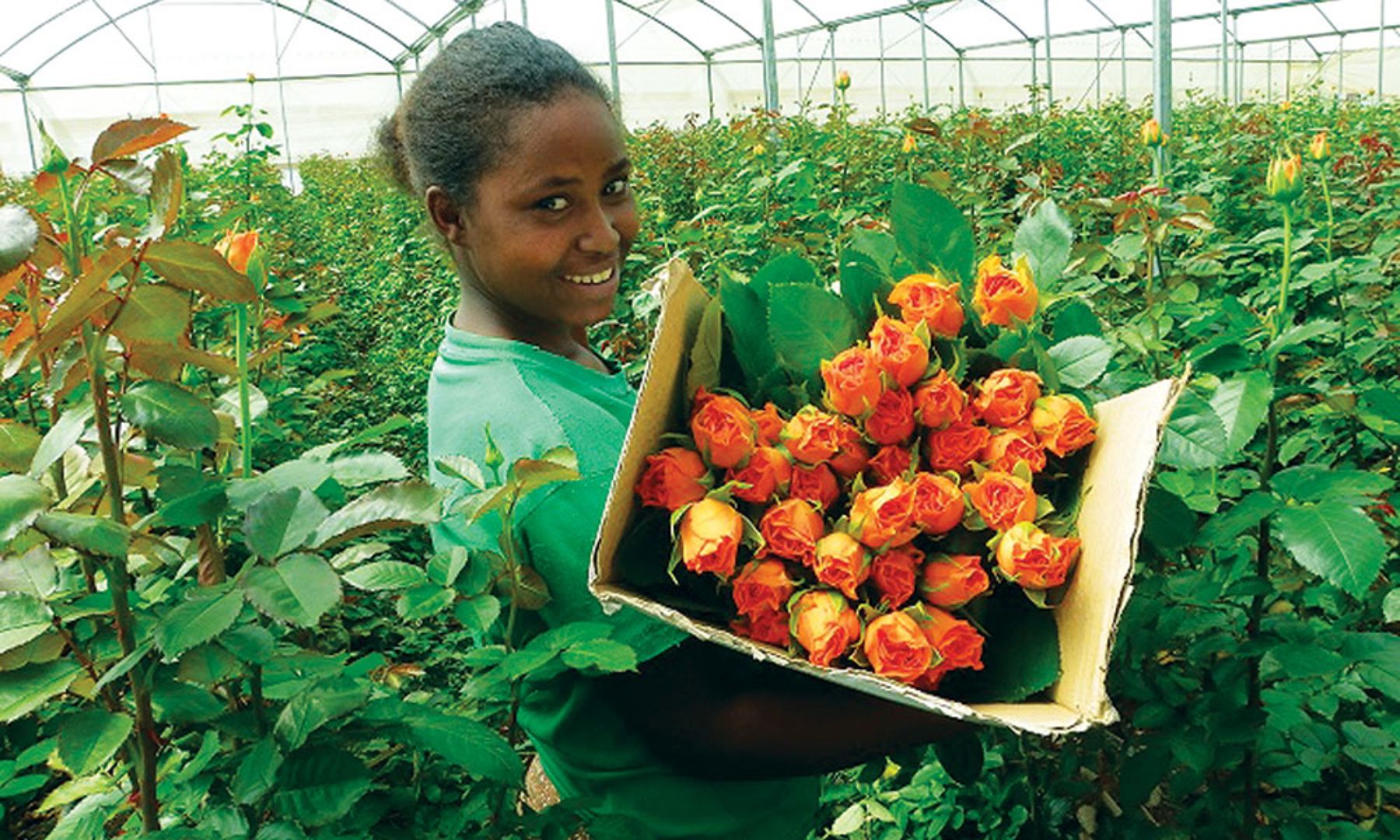The Ghana Exports Promotion Authority (GEPA) has disclosed that value addition is driving the growth of Non-Traditional Exports (NTEs) which has been growing at an average rate of 4% over the last 5 years and contributes an average of about 20% to total exports in Ghana.
Recent statistics from GEPA show that revenue from Non-Traditional Exports grew by 16% last year. From a total revenue of $2.8 billion in 2020, revenue from Non-Traditional Exports rose to $3.3 billion in 2021. The contribution of NTEs to total exports in the country, though rising, remains low as total exports last year, amounted to $14.72 billion.
Cocoa paste, cocoa butter and Cashew nuts were the leading three Non-Traditional Export commodities in 2020 and 2021. Revenue raised from exports of these commodities in 2021, amounted to $496 million, $ 363 million, and $287 million, respectively.

Among the top 3 leading NTE commodities, exports of cocoa butter experienced the highest growth rate of 43% last year. In 2020, exports of cocoa butter amounted to $253 million.
Article of plastic, canned tuna, Iron & Steel, Natural Rubber Sheet, Refined Palm Olein, Cocoa Powder, and Aluminium Plates, completed the list of the top 10 Non-Traditional Export commodities in 2021.
Sector Contributions
In terms of sectors, manufacturing sector exports contributed 84% of the NTE in 2021 and grew by 18% over 2020. According to GEPA, this was led by Cocoa Derivatives which contributed $1bn and such, provides a “great base to leverage more processing of our raw beans to create more employment for our people”. Overall, Processed and Semi Processed products contributed $2.81 billion to NTE revenue last year.
Agribusiness contributed a total amount of $467m in 2021. Agriculture products exports grew by 10% in 2021, compared to 2020 and contributed about 14% of the total NTE for 2021.

“There exist lots of opportunities within the sector for exports and the NEDs is focused heavily on improving the supply capacity of our Horticulture exports. Cashew continue to lead the way”.
GEPA
Industrial Arts & Craft also raised a total of $45.2m last year. The industrial Arts and Craft which includes Textiles and Garments is still contributing under 2% of Ghana’s NTE despite the huge number of Youth and Women it employs, GEPA stated. “In 2021, we saw over 45% growth in its performance but more must be done to drive more growth in this sector”, the Authority added.
Services Export
The Authority noted that in the last couple of years, its focus has been on Services Export since it drives lots of foreign currency into the country. “Our current focus is in the area of Higher Education, Medical Services, Information Technology and IT-enabled Services and Professional Services to sub region and Africa as a whole”, GEPA disclosed.
GEPA indicated that it continued to organize the participation of some universities and higher institutions of learning in fairs to promote Ghana’s tertiary institutions, both physically and virtually. According to GEPA, 6,860 foreign students enrolled in schools in Ghana from the sub- region last year.
Ghana Exports Promotion Authority further disclosed that during the year under review, it undertook an extensive mapping of 32 quality medical centers in the country to assess their export readiness, with particular emphasis on centers that offer specialized medical procedures.
Destination markets
In terms of destination markets, the EU and ECOWAS continue to be important markets for Ghana’s exports. Total exports to the EU amounted to $1.2 billion in 2021 while that of the ECOWAS sub-region amounted to $1.1 billion.
“We working to leverage on AfCFTA to improve significantly our exports to other African countries through the strategy of setting Ghana Export Trade Houses all over Africa and the rest of the world. We are also paying significant attention to other developed countries like USA, Canada, Australia, Japan and other countries like China, India, Mexico, Brazil etc”.
GEPA
The National Export Development Strategy’s target is that, by 2029, NTE should be bringing in $25.3 billion annually.
READ ALSO: GRIDCo Commences Demolishing Exercises On Its Right of Way


















